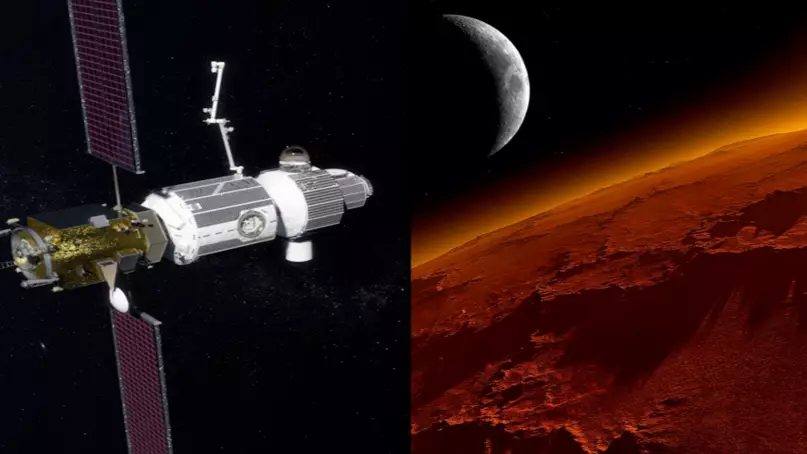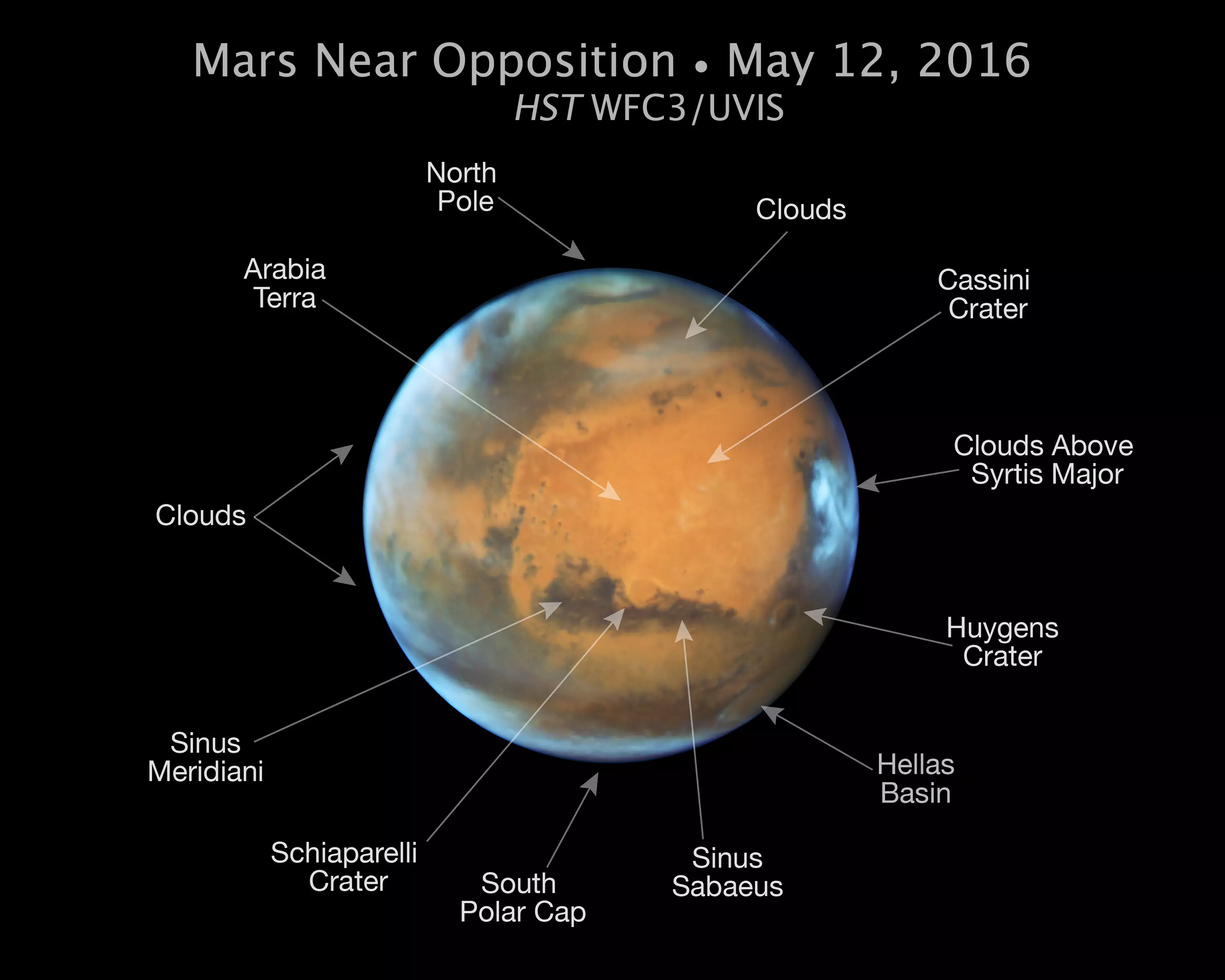
Space is infinitely interesting. From the comfort of our sofas while we scour the web, sudden statements from the likes of NASA pique our curiosity - simply because there might be a chance they'll announce they've found new planets or alien life forms.
Usually, though, it's just that there's water found somewhere which could mean a planet is capable of harnessing life. And that's where our interest usually ends, as there aren't really many short-term plans to go any further than a plane can take you.
However, from time to time, maybe after a few beers, we do like to entertain the idea that our knowledge stretches beyond the normal realms, and we actually do understand NASA jargon. So, with that in mind... Scientists have reportedly discovered ice close to Mars' equator.
Jack Wilson from John Hopkins University led a team which looked into old NASA images, finding the ice, which is not supposed to be anywhere near the planet's equator.
Advert
This, in short, changes a lot of things. Currently, the understanding of the planet isn't exactly down to a T, but water is thought not to be thermodynamically stable at low altitudes.
Thanks to modern technology, Wilson and his team could reduce the 'noise' on the photographs from between 2002 and 2009, making them much clearer and easier to study.
"It was as if we'd cut the spacecraft's orbital altitude in half, and it gave us a much better view of what's happening on the surface," Wilson told NASA.
"Perhaps the signature could be explained in terms of extensive deposits of hydrated salts, but how these hydrated salts came to be in the formation is also difficult to explain.
Advert
"So for now, the signature remains a mystery worthy of further study, and Mars continues to surprise us."
They claim to have found high levels of hydrogen in the area, suggesting the presence of water ice.
Following the Mars Odyssey spacecraft's mission in 2002 it was believed to be impossible to find water ice at low altitudes. This does still leave a lot of detail shrouded in mystery, which means yet more research will have to be done to fully understand the Red Planet.
Advert
Recently NASA outlined their five-phase plan to put a man on Mars. Currently we're in Phase 0, whereby tests are being conducted on the International Space Station (ISS). Phase I, according to Futurism, will be between 2018 and 2025 and will include the launch and testing of six SLS rockets.
Those rockets will be sent to the Deep Space Gateway (DSG), a space station on the moon that will serve as a sort of service station for astronauts en route to Mars.

Hubble Portrait of Mars. Credit: NASA
Advert
Phase II, in 2027, will consist of launching the Deep Space Transport (DST) tube toward the lunar station, Futurism continues, echoing something off a level on video game Dead Space. Eventually, in the years to follow, astronauts will inhabit the tube for 400 days.
Entering Phase III, in 2030, the DST will be restocked with supplies and the Mars crew via SLS rocket, with Phase IV being the trip itself in 2033.
Featured Image Credit: PA/NASA